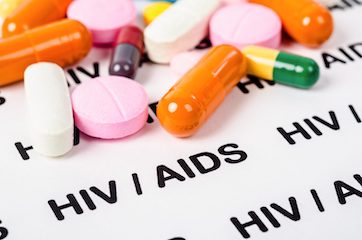
Antiretroviral Therapy (ART). The standard medical treatment for human immunodeficiency virus (HIV) infection. It involves the use of a combination of antiretroviral (ARV) drugs to suppress the virus, prevent disease progression, and reduce the risk of HIV transmission.
Mechanism and Drug Classes
ART works by targeting different stages of the HIV life cycle, preventing the virus from replicating and reducing the viral load in the blood. The primary classes of ARV drugs include:
- Nucleoside Reverse Transcriptase Inhibitors (NRTIs): Block the reverse transcriptase enzyme, preventing viral RNA from converting into DNA.
- Non-Nucleoside Reverse Transcriptase Inhibitors (NNRTIs): Bind directly to reverse transcriptase and inhibit its function.
- Protease Inhibitors (PIs): Prevent the virus from producing functional proteins needed for replication.
- Integrase Strand Transfer Inhibitors (INSTIs): Block the integration of viral DNA into the host genome.
- Entry and Fusion Inhibitors: Prevent the virus from entering human cells.
Benefits and Impact
The introduction of ART has dramatically improved the prognosis of individuals living with HIV. Key benefits include:
- Prolonging life expectancy and improving quality of life.
- Reducing the viral load to undetectable levels, minimizing transmission risk (Undetectable = Untransmittable or U=U).
- Lowering the incidence of HIV-related opportunistic infections and co-morbidities.
Global Access and Challenges
ART is widely available through global health programs such as the President’s Emergency Plan for AIDS Relief (PEPFAR) and the Global Fund to Fight AIDS, Tuberculosis, and Malaria. Despite significant progress, challenges remain:
- Access disparities, particularly in low-income countries.
- Drug resistance due to inconsistent adherence.
- Side effects and long-term management of ART-related complications.
Future Directions
Research continues to improve ART efficacy, reduce side effects, and explore potential HIV cure strategies. Advances in long-acting injectables and combination therapies aim to enhance treatment adherence and accessibility.